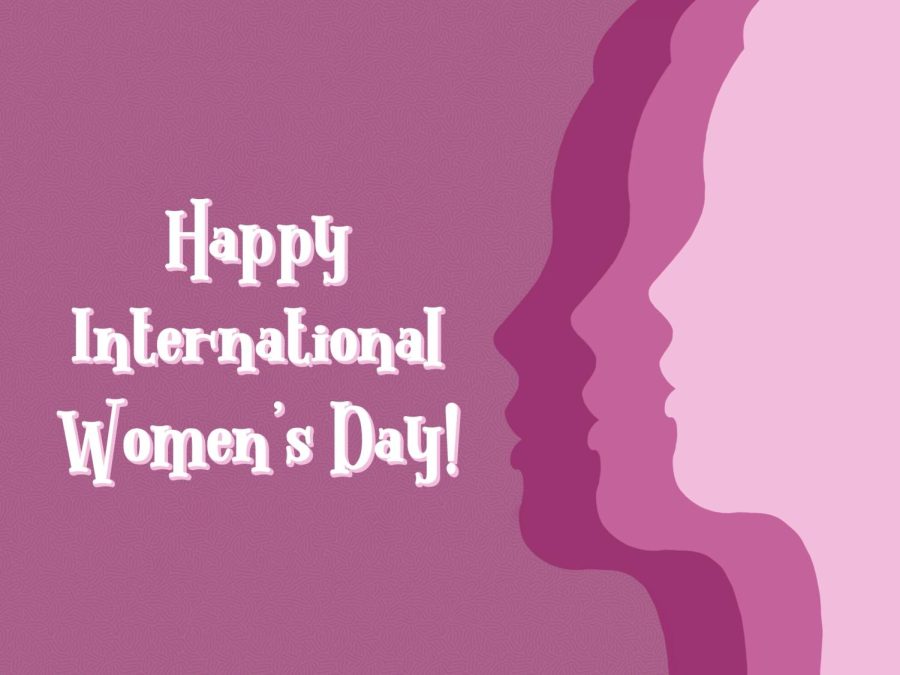Women’s History Month: Celebrating International Feminist Icons
An international holiday, Women’s Day celebrates all the strong and caring women throughout history.
Mar 8, 2022
Women’s History Month takes place each March and serves as a celebration of influential women of all backgrounds and nationalities. The powerful, strong women featured below are only some of those who shattered glass ceilings and broke down barriers through their historic achievements.
Lise Meitner
An Austrian physicist, Lise Meitner’s findings in her field are sadly heavily underrated. After obtaining a doctorate degree at the University of Vienna in 1906 — a time in which virtually no women were represented in higher education — she closely studied radioactivity in Berlin alongside Otto Hahn, a chemist. Together, the two discovered the element protactinium.
Despite severe prejudice against women who attempted to pursue a scientific career, she continued to collaborate secretly with Hahn to conduct ground-breaking experiments that solidified the process of nuclear fission. However, Hahn took all the credit for the pair’s important research and received the Nobel Prize in Chemistry, while Meitner did not.
Fortunately, element 109 of the periodic table was named meitnerium in 1982 to honor her work, but her contributions to science remain overlooked by many.
“I find it incredibly outstanding that a woman during this time made such a strong impact in the scientific world. Lise Meitner is a huge inspiration as a non-male striving to pursue a career in STEM,” sophomore Steffi Sarmiento said.
Jane Austen
Widely considered to be one of the greatest authors of all time, Jane Austen’s witty satires of 18th century English society were able to make a powerful impact during her time despite the clear misogyny women faced. Novels like “Emma and Pride and Prejudice are so beloved today thanks to Austen’s sophisticated style and themes.
“I like that Jane’s female characters always have strong personalities with multiple dimensions. She doesn’t shy away from in-depth descriptions, filling her books with rich details about the lives her characters live,” sophomore Natalie Muniz said.
Indeed, her writing was in part so brilliant because she subtly critiqued gender roles and examined the ways society tied women’s value to marriage. For these reasons, she truly revolutionized writing during the Regency era.
Claudette Colvin
Though Rosa Parks is lauded today as the first woman to protest racist bus segregation laws in Alabama, in reality Claudette Colvin is the true pioneer of this important part of the civil rights movement. She bravely refused to abandon a seat at the front of a bus nine months before Parks; this fierce stand against injustice landed her in jail. However, Colvin’s activism did not stop there; she notably served as a plaintiff in the Browder versus Gayle Supreme Court case, which overturned laws allowing the segregation of public transportation in Alabama. Unfortunately, many underestimate her contributions to the civil rights movement today.
Frida Kahlo
Considered one of the most talented Latin American artists ever, Frida Kahlo was able to make incredible, meaningful art despite the many health challenges she faced throughout her life.
She was born in Mexico in 1907 and contracted polio at the age of six, eventually recovering. However, during her teenage years the artist got into a tragic bus accident that left her with a fractured pelvis and spine. Consequently, Kahlo turned to painting as a coping mechanism while her body healed.
Her thought-provoking portraits depict her life and contain many references to Mexican mythology and her mental and physical obstacles. Though her life was marked by tragedy, Kahlo used art to express herself and found some solace through creativity. For these reasons, she is an inspiration to countless women and girls.
Though these four women were each able to make their own unique impacts on society, they represent just a fraction of the women throughout history whose achievements have made the world a better place. Therefore, Women’s History Month is important because it shines a light on the women whose contributions are all too often overlooked by many people.













